Bougainvillea
Bougainvillea is a stunning and vibrant flowering plant admired for its colourful bracts and lush foliage. With its ability to thrive in warm climates and withstand drought, bougainvillaea has become a popular choice for gardens and landscapes worldwide. This comprehensive guide will explore everything you need about bougainvillaea, including its origins, varieties, cultivation techniques, care requirements, pruning tips, and more. By the end of this guide, you will have a comprehensive understanding of bougainvillaea and be well-equipped to grow and enjoy these beautiful plants in your garden.
Origins and Varieties:
Bougainvillea is native to South America, specifically Brazil, and belongs to the Nyctaginaceae family. Numerous bougainvillaea varieties are available, each showcasing various colours and growth habits. Common varieties include Barbara Karst, Double Delight, Singapore Pink, and Golden Glow.
Plant Features:
Bougainvillea is a woody vine or shrub known for its showy bracts and modified leaves surrounding small, inconspicuous flowers. The bracts come in vibrant colours like pink, purple, red, orange, and white, providing a striking display. The plant’s foliage is usually green and can be either smooth or slightly hairy.
Cultivation and Care:
Bougainvillea thrives in warm climates and prefers full sun exposure to produce abundant blooms. It requires well-draining soil and can tolerate periods of drought once established. Regular watering during dry spells and fertilization during the growing season can promote healthy growth and flowering. Pruning is also important to maintain shape and control the plant’s size.
Light and Temperature:
Bougainvillea requires plenty of sunlight to flourish, ideally receiving at least six hours of direct sunlight daily. It can tolerate high temperatures and is well-suited for tropical and subtropical regions. However, it may struggle in extremely cold climates and frost-prone areas.
Soil and Watering:
Bougainvillea prefers well-draining soil with a slightly acidic to neutral pH level. Watering the plant deeply but infrequently is important, allowing the soil to dry out between waterings. Overwatering can lead to root rot, so it’s crucial to strike a balance and avoid waterlogged conditions.
Pruning and Training:
Regular pruning is essential to maintain the shape and encourage new growth in bougainvillaea. Prune after the blooming period, removing old or damaged branches and shaping the plant as desired. Training the vines on a trellis or support structure can help create an organized and attractive display.
Pests and Diseases:
Bougainvillea is generally resistant to pests and diseases. However, it occasionally faces aphids, mealybugs, and fungal infections. Regular inspection and prompt treatment with appropriate insecticides or fungicides can help control these problems.
Propagation:
Bougainvillea can be propagated through various methods, including stem cuttings and grafting. Stem cuttings are the most common and successful way to propagate bougainvillaea. Take cuttings from healthy stems, treat them with rooting hormone, and plant them in well-draining soil. Provide proper care and humidity to encourage root development.
Container Gardening:
Bougainvillea can be grown in containers, making it a versatile choice for gardens, patios, and balconies. Choose a large container with good drainage and use a well-draining potting mix. Regular watering and fertilization are essential for container-grown bougainvillaea.
Bougainvillea is a breathtaking flowering plant that adds beauty and vibrancy to any garden or landscape. With its wide range of colours, easy cultivation, and ability to withstand challenging conditions, it has become popular among gardeners. Following the comprehensive information in this guide, you are equipped with the knowledge and tips necessary to grow and care for bougainvillaea plants successfully. Enjoy their stunning blooms and transform your outdoor space into a colourful oasis with these remarkable plants.
Things to know about Bougainvillea
Common (vernacular) Name
एन्थूरियम (Hindi), Anthurium, Flamingo Lily, Flamingo Flower, Painter's Palette, Lace Leaf, Pigtail Plants, Tail Flower and many more.
Botanical Name
Anthurium Andraeanum
Origin
Mexico to Tropical America (Colombia, Ecuador).
Family
Araceae
Plant Type
Tropical plant
Plant Features
Ornamental / Evergreen / Exotic
Life Cycle
Perennial
Landscape Uses
Container Planting and Houseplants.
Species
Belolonchium, Calomystrium, Cardiolonchium, Chamaerepium, Cordatopunctatum, Dactylophyllium, Decurrentia, Digitinervium, Gymnopodium, Leptanthurium, Pachyneurium, Polyphyllium, Polyneurium, Porphyrochitonium, Schizoplacium, Semaeophyllium, Tetraspermium, Urospadix, Xialophyllium.
Varieties
It comes with thousand of different varieties in a diversity of leaf and flower colorations.
Size
Height : 1 to 1.5 feet tall and Width : 1 feet wide when mature.
Indoors or Outdoors
Outdoors : Anthurium can be used outdoors in shady plantings, avoid direct sun light.
Indoors : Excellent plant grow in bright light or indirect light. Best indoor plants for beginners.
Blooming / Flowering
Blooming period is throughout the year.
Flower Colour
It’s come with a contrasting spadix Gold, Yellow, Orange, Pink, White, Green, Purple, Red, Burgundy, Multicolored and Variegated colours.
Lucky Plant
According to Feng Shui, It bring Good Luck in your relationships.
Lighting / Sun Exposure
Bright Indirect Sunlight.
Temperature
Grow best preferably warm temperature above 21°C and can be tolerate max temp. as high as 32°C.
Growth Rate
Anthurium is a slow to moderate growers plant.
Watering
Moderate watering, Mist or over head sprinkler to provide water and to improve relative humidity. Not tolerate overwatering it may cause root damage and yellowing of the leaves.
Fertilizer
Slow-release fertilizer, or a water-soluble liquid fertilizer once or twice in the growing season (Spring through Summer).
i.e. - Cow dung, DAP, Compost, NPK 30-10-10 fertilizer, liquid organic fertilizer etc.
Pruning
Pruning of Anthurium not much is needed. However, trimming away only discolored or dead leaves.
Propagation
Seeds : The best time to sow your Anthurium seeds is in the end of Winter / early Spring but it can't can give good result.
Stem Cuttings : The easier methods of propagation of Anthurium in water or in soil via stem cuttings, and can be done during the warm growing season.
Division : Division of Anthurium can be done in Rainy season, or better in February to March.
Dormancy Period
Month : November to February (winter season)
Shed their leaves and show poor growth, Watering minimally.
Avoid : Propagate, Fertilize and Repotting.
Container
Ceramic Pot, Plastic Pot, Terracotta or Clay Pot is preferred, which ensures good drainage as well as water holding capacity.
Soil Type
A well-drained Loam / Coarse potting soil is recommended as well as water holding capacity. Prevent soggy potting medium.
Our recommendation for potting mix : Equal part mixture of Garden Soil (25%) + Compost (25%) + River Sand (25%) + Cocopeat (25%). You can substitute pieces of Charcoal, Vermicompost, Perlite etc.
Soil pH
Lightly Acidic soil - Ideally 5.5 to 6.5 pH (potential of hydrogen) is recommended for Anthurium.
Repotting
It is advisable to repot the Anthurium every year or two preferably spring to midsummer season.
Maintenance
Low maintenance and easy to grow.
Properties
Toxic or Poisonous to both humans and pets upon ingestion.
Benefits
Excellent indoor air purifier, Anthurium plants turns CO2 into oxygen. It purifies indoor air by removing harmful chemicals like ammonia, toluene, xylene and formaldehyde.
Special Features
Doesn't attract hummingbirds and pollinators like butterflies and bees or wasps.
Infestation / Pests
Aphids, Scale insects, Thrips, Mealy bugs, Spider mites and caterpillars etc.
Diseases / Problem
Physiological Problem : Anthracnose, Leaf Spot and Powdery Mildew.
Bacterial Problem : Bacterial Blight, Bacterial Wilt and Black Nose Disease.
Fungal Problems : Root Rot and Water Mold.
Some Glimpse of Bougainvillea

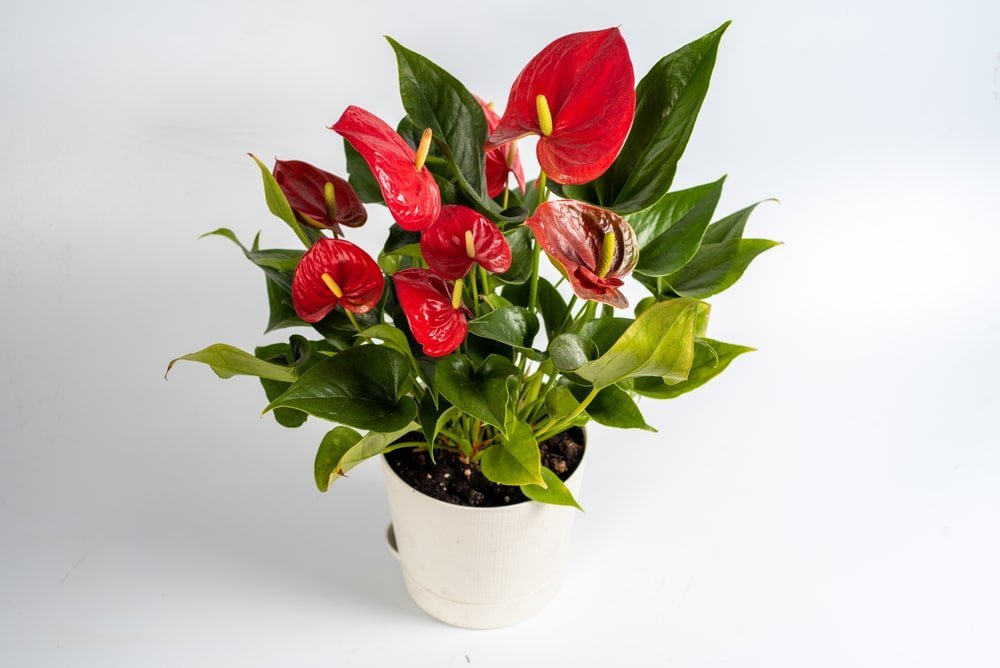
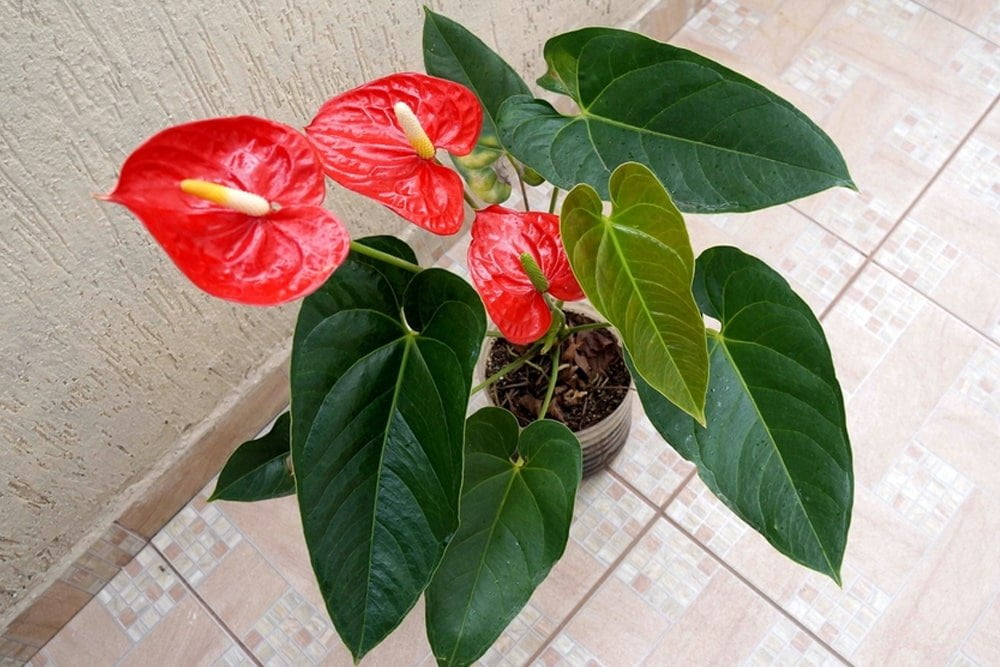

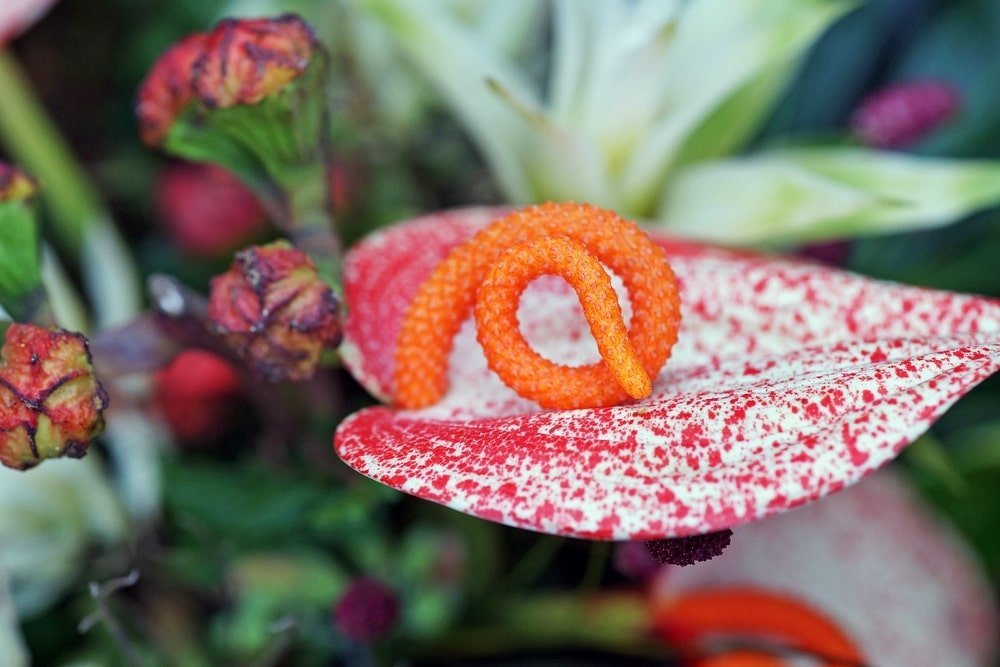
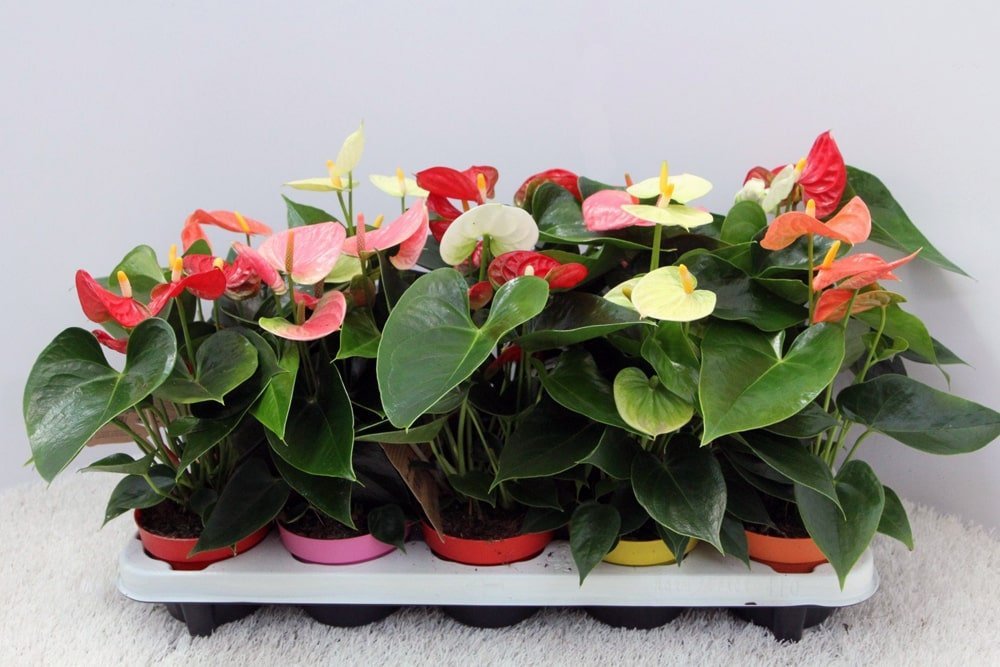
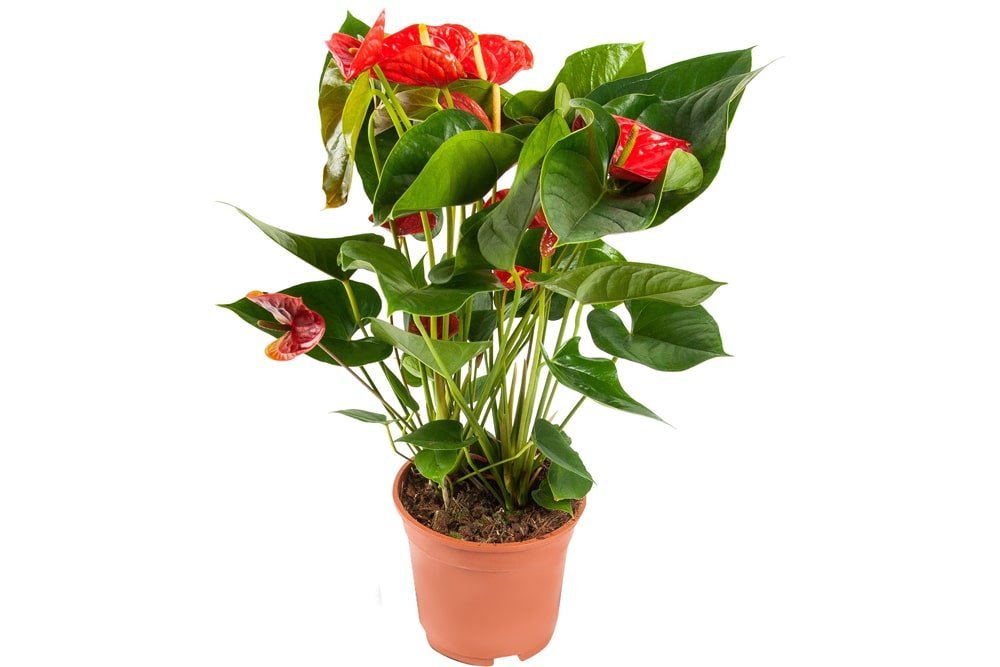

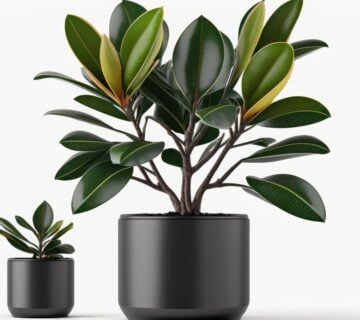
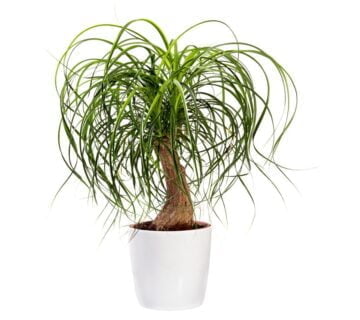
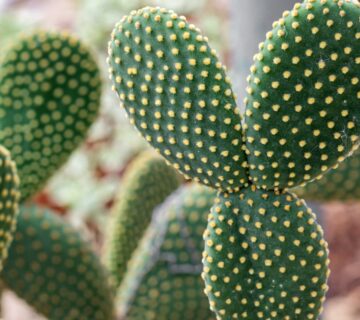
No comment